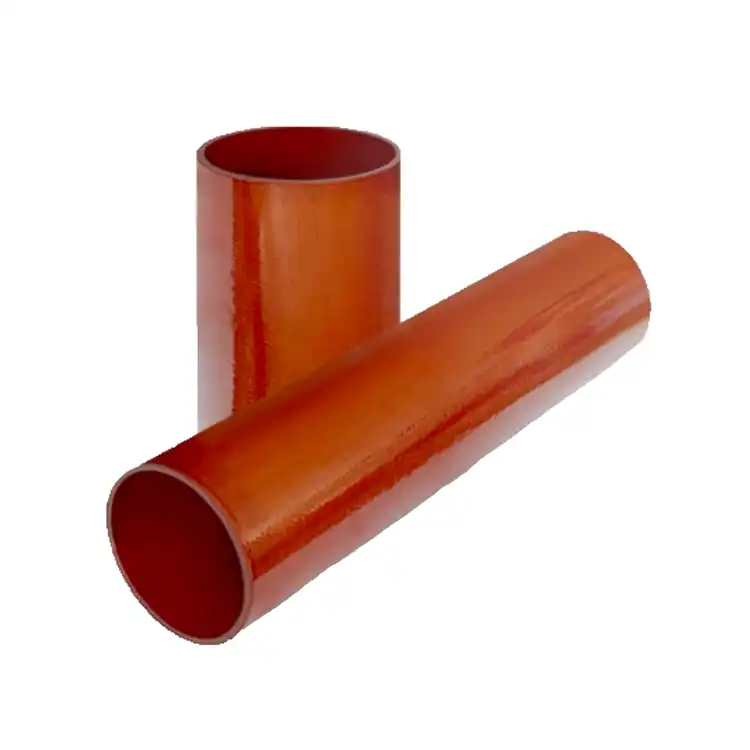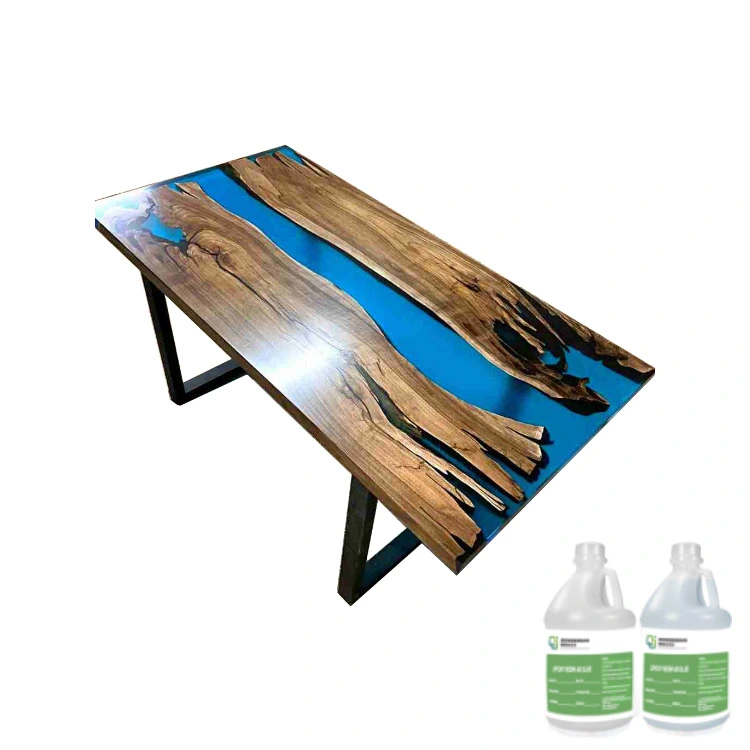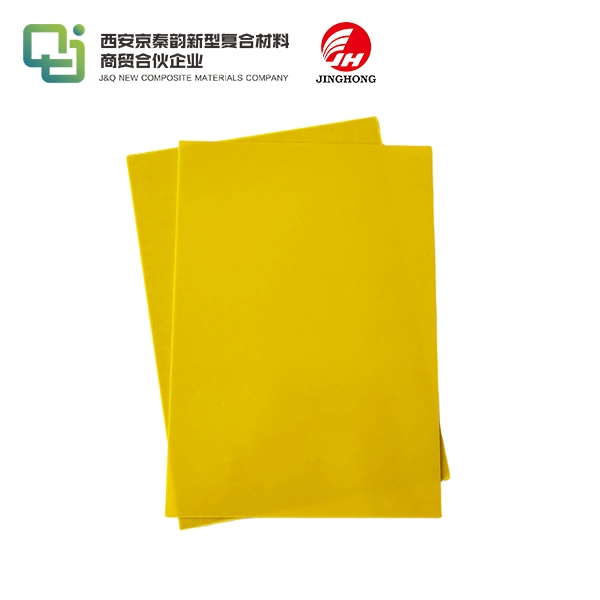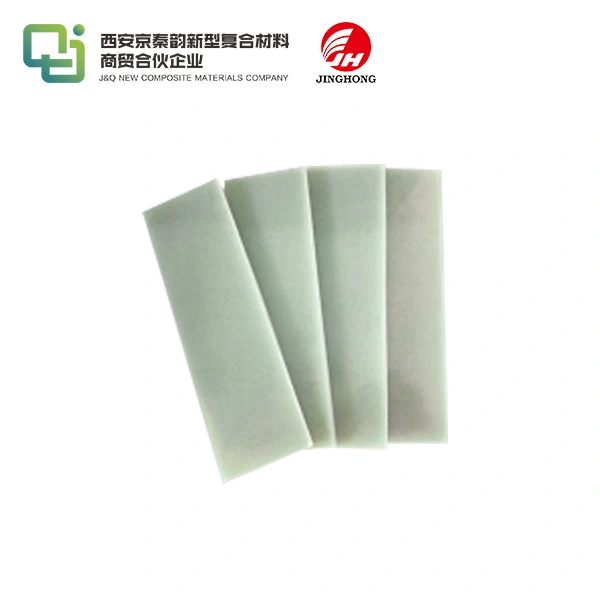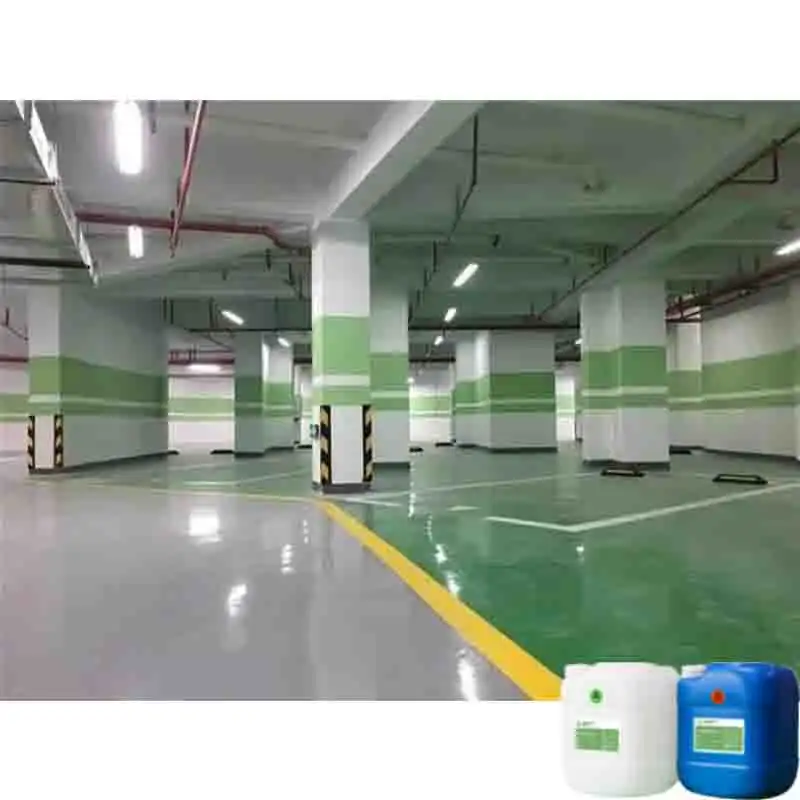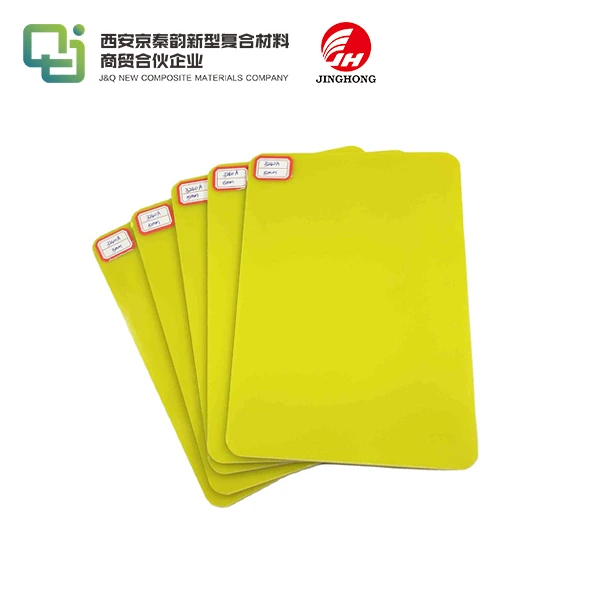Adhesion and Surface Prep for Glass Epoxy Sheets
2025-04-30 17:21:50
Adhesion and surface preparation are crucial steps in working with glass epoxy sheets, ensuring optimal performance and longevity of the final product. These processes involve carefully cleaning and treating the surface to enhance bonding capabilities and overall structural integrity. Proper adhesion techniques and surface preparation methods can significantly improve the strength, durability, and reliability of glass epoxy sheet applications. By following industry-standard practices and utilizing appropriate materials, manufacturers and technicians can achieve superior results in various industries, including aerospace, electronics, and construction. Understanding the intricacies of adhesion and surface prep for glass epoxy sheets is essential for maximizing the material's potential and meeting the demanding requirements of modern engineering and manufacturing.
Understanding Glass Epoxy Sheets
Composition and Properties
Glass epoxy sheets are composite materials consisting of glass fibers reinforced with epoxy resin. These sheets offer exceptional mechanical strength, electrical insulation, and chemical resistance. The glass fibers provide structural reinforcement, while the epoxy resin acts as a binding agent, creating a robust and versatile material. Glass epoxy sheets exhibit low moisture absorption, high dimensional stability, and excellent heat resistance, making them suitable for a wide range of applications.
Applications in Various Industries
The unique properties of glass epoxy sheets make them indispensable in numerous industries. In the aerospace sector, these materials are used for aircraft structural components and radomes. The electronics industry relies on glass epoxy sheets for printed circuit boards and insulation. In construction, they find applications in roofing, flooring, and structural reinforcement. The automotive industry utilizes these sheets for body panels and interior components. Their versatility extends to marine applications, where they are used for boat hulls and decking.
Importance of Proper Adhesion
Proper adhesion is paramount when working with glass epoxy sheets. It ensures the integrity of the final product, preventing delamination, structural failure, and compromised performance. Adequate adhesion enhances the load-bearing capacity of composite structures, improves resistance to environmental factors, and extends the lifespan of the material. In critical applications such as aerospace and electronics, proper adhesion can be a matter of safety and reliability. Understanding and implementing correct adhesion techniques is essential for maximizing the potential of glass epoxy sheets in any application.
Surface Preparation Techniques
Cleaning and Degreasing
The first step in surface preparation for glass epoxy sheets is thorough cleaning and degreasing. This process removes contaminants, oils, and debris that can interfere with adhesion. Solvents such as acetone or isopropyl alcohol are commonly used for degreasing. It's crucial to use lint-free cloths and follow a systematic cleaning pattern to ensure complete coverage. For heavily contaminated surfaces, multiple cleaning cycles may be necessary. After cleaning, the surface should be allowed to dry completely before proceeding to the next step.
Mechanical Abrasion Methods
Mechanical abrasion is an effective technique for creating a textured surface that promotes better adhesion. Sandpaper, Scotch-Brite pads, or abrasive wheels can be used to roughen the surface of glass epoxy sheets. The choice of abrasive material and grit size depends on the specific application and desired surface profile. Care must be taken not to over-abrade the surface, which could compromise the structural integrity of the sheet. After abrasion, it's essential to remove any dust or debris generated during the process.
Chemical Etching Processes
Chemical etching is a more advanced surface preparation technique that can provide excellent results for glass epoxy sheets. This process involves using specially formulated etchants to modify the surface chemistry and create microscopic pits that enhance adhesion. Common etchants include sulfuric acid-based solutions or proprietary formulations designed for composite materials. Chemical etching requires careful handling of hazardous materials and proper neutralization and disposal procedures. The etching time and temperature must be carefully controlled to achieve optimal results without damaging the material.
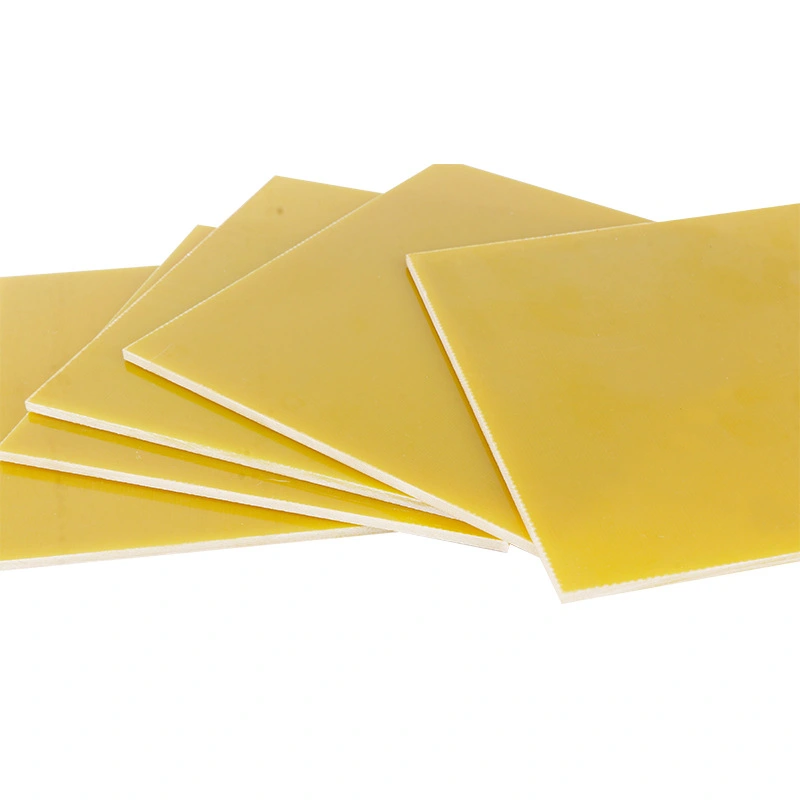
Adhesion Enhancement Techniques
Primer Selection and Application
Selecting the appropriate primer is crucial for enhancing adhesion to glass epoxy sheets. Primers act as intermediary layers that improve the bond between the substrate and the adhesive or coating. Epoxy-based primers are often preferred for their compatibility with glass epoxy materials. The primer should be chosen based on the specific adhesive or coating system being used and the environmental conditions the final product will face. Proper application techniques, including correct mixing ratios, application methods, and curing times, are essential for optimal primer performance.
Surface Energy Modification
Modifying the surface energy of glass epoxy sheets can significantly improve adhesion properties. Plasma treatment is an advanced technique that uses ionized gas to alter the surface chemistry and increase surface energy. This process can create highly reactive sites on the surface, promoting better wetting and bonding with adhesives. Another method is corona treatment, which uses high-voltage electrical discharge to modify the surface. These techniques can be particularly effective for difficult-to-bond materials or when working with low-surface-energy adhesives.
Environmental Considerations
Environmental factors play a crucial role in the success of adhesion processes for glass epoxy sheets. Temperature and humidity control during surface preparation and bonding is essential for achieving consistent results. High humidity can lead to moisture absorption, which can interfere with adhesion. Temperature fluctuations can affect curing times and the final properties of adhesives. It's important to work in a controlled environment and follow manufacturer recommendations for optimal temperature and humidity ranges. Additionally, consideration should be given to the long-term environmental conditions the bonded assembly will face, such as exposure to UV radiation, chemicals, or extreme temperatures.
Conclusion
Mastering adhesion and surface preparation techniques for glass epoxy sheets is essential for achieving high-performance, durable, and reliable products across various industries. By understanding the unique properties of these materials and implementing proper cleaning, mechanical abrasion, and chemical etching processes, manufacturers can significantly enhance bonding capabilities. The selection of appropriate primers, surface energy modification techniques, and careful consideration of environmental factors further contribute to optimal adhesion results. As technology advances, staying informed about the latest developments in adhesion science and surface treatment methods will be crucial for maximizing the potential of glass epoxy sheets in future applications.
Contact Us
To learn more about our high-quality glass epoxy sheets and expert adhesion solutions, please contact us at info@jhd-material.com. Our team of experienced professionals is ready to assist you in achieving superior results for your specific applications.
References
1. Smith, J. R., & Johnson, A. L. (2019). Advanced Surface Preparation Techniques for Composite Materials. Journal of Adhesion Science and Technology, 33(15), 1678-1695.
2. Brown, M. E. (2020). Epoxy Adhesives: Properties and Applications in the Aerospace Industry. Progress in Aerospace Sciences, 114, 100621.
3. Chen, X., & Wang, Y. (2018). Plasma Treatment for Surface Modification of Glass Fiber Reinforced Epoxy Composites. Composites Science and Technology, 168, 175-183.
4. Thompson, R. C., et al. (2021). Environmental Factors Affecting Adhesion in Composite Materials: A Comprehensive Review. Polymers, 13(9), 1436.
5. Garcia, E. J., & Martinez, L. M. (2017). Chemical Etching Processes for Glass-Epoxy Composites: Optimization and Characterization. Surface and Coatings Technology, 328, 198-205.
6. Anderson, K. L., & Wilson, D. R. (2022). Advances in Primer Technology for High-Performance Composite Bonding. International Journal of Adhesion and Adhesives, 112, 102935.

